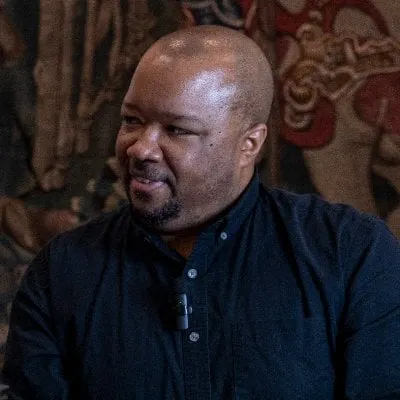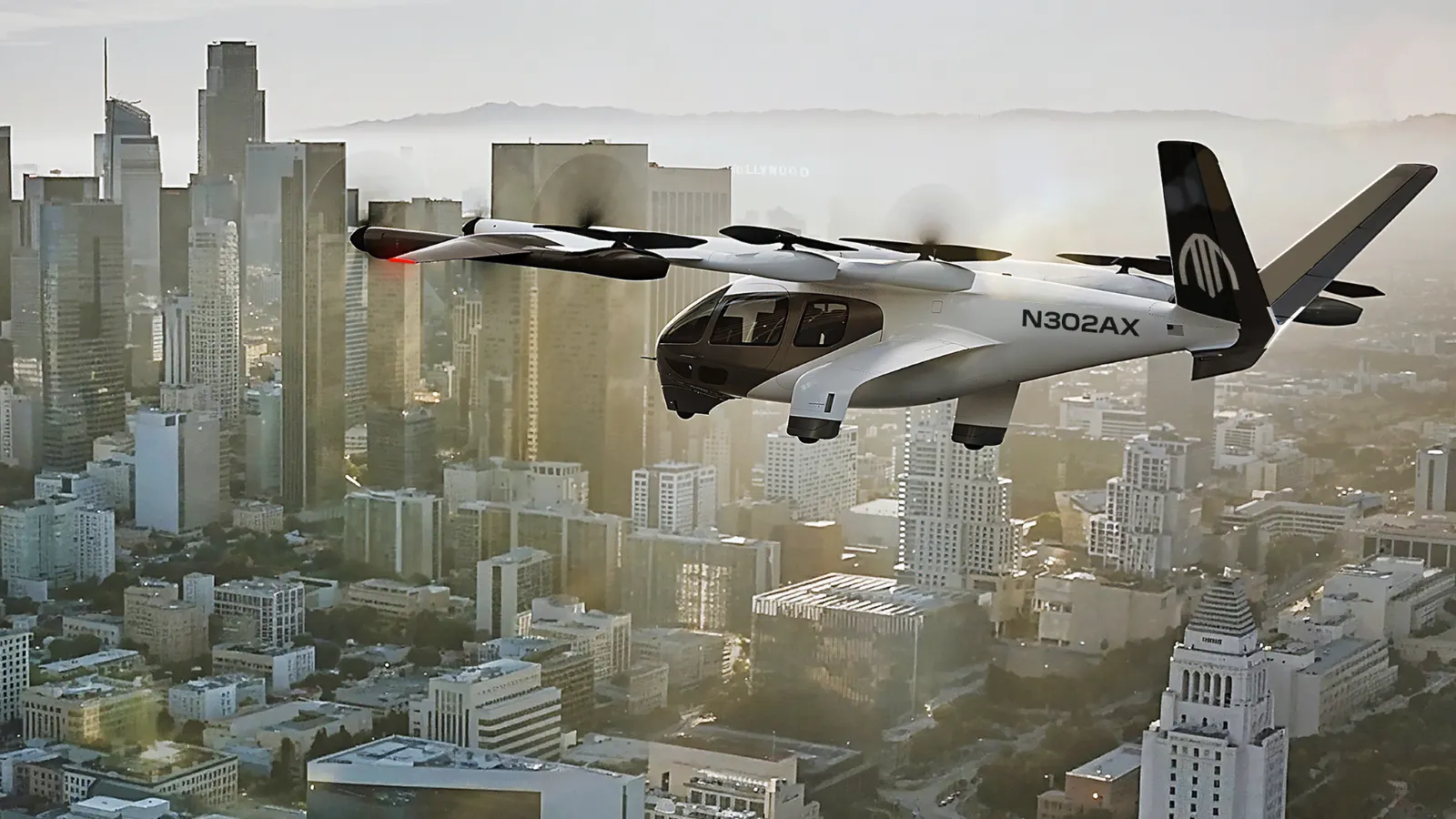When the Olympics take over Los Angeles in 2028, people will likely be looking for other ways to get around the City of Angels. One company working towards this goal is Archer Aviation, which received approval from the U.S. Federal Aviation Administration (FAA) to begin operating its air taxi service in Los Angeles airspace.
Founded in 2018, San Jose, Calif.-based Archer develops electric vertical takeoff and landing (eVTOL) aircraft, meaning the vehicle can take off and land like a helicopter and then fly like a propeller-driven airplane.
“The entire benefit here is that you can take off vertically, just like you can with a helicopter, but at a fraction of the noise and a fraction of the cost,” Archer’s Chief Commercial Officer Nikhil Goel told Decrypt. “The idea is that you can use any existing helipad or heliport in the world, and you can also use airports and runways.
“You can also build new infrastructure in areas where you previously could not build helipads,” he added.
The company came together from a collaboration between VTOL developers Geoff Bauer and Tom Muniz, Archer co-founders Brett Adcock and Adam Goldstein, and Goel, who previously co-founded and served as head of product at Uber Elevate (Uber Air), the ride-share giant’s planned air taxi service.
Uber Elevate was acquired by rival air taxi service Joby Aviation in 2020, with Uber, in turn, investing $75 million in Joby Aviation.
“If you look at where the trends are going, by 2050, two-thirds of the world's population is going to live in cities,” Goel said. “That's all great, but the roads that we have in those cities, those aren't going to get any bigger, there's no space to add another 50% of lanes to the highways.”
The obvious answer—especially in a crowded urban environment—is to go up.
“You can't dig tunnels; you can't make subways retroactively,” he said. “So your only real choice is to build in the air and do the same thing that we've done.”
Goel added that partners the company is working with include United Airlines and Southwest Airlines.
“We built a robust ecosystem of partners, and we'll continue to build that out over time,” Goel said.
Others taking an interest in Archer include the U.S. Department of Defense. Earlier this month, Archer announced that the company had delivered the first Midnight aircraft to the United States Air Force in a deal worth over $142 million.
Goel said that the company intends to have its Midnight aircraft deployed in the skies above Los Angeles in the next 18 months, or early 2026. Archer’s planned flight network includes locations at Los Angeles International Airport, Sofi Stadium, the University of Southern California, and Orange County.
“We just announced our ten-node network, including many very prominent sporting venues, such as SoFi stadium,” Goel said. “SoFi stadium is big, because it's going to host not only the Olympic Games, it's going to host the World Cup, it's going to host the Super Bowl, and so we see a big opportunity there.”
Edited by Ryan Ozawa.

